The ideal runtime for a crawl space dehumidifier depends on various factors such as the size of the crawl space, the humidity levels, and the climate in your area. Imagine your crawl space as a big sponge. A larger crawl space, like a king-size mattress, will hold far more moisture than a compact one. Similarly, a chronically damp crawl space will take considerably longer to dehumidify compared to a drier one. Generally, it's recommended to run the dehumidifier until the humidity levels in the crawl space reach a desired range, typically between 50% to 60% relative humidity. Click to learn about Abestorm's crawl space dehumidifiers.
Dehumidifier Capacity:
The capacity of a dehumidifier refers to the amount of moisture it can remove from the air within a certain time frame, usually measured in pints per day (PPD) or liters per day (L/day). The capacity of a dehumidifier is an important factor to consider when determining how long it should run in a crawl space.
To determine the appropriate capacity for your crawl space dehumidifier, you'll need to consider the size of the crawl space and the level of humidity present. A larger crawl space or one with higher humidity levels will require a dehumidifier with a higher capacity.
For example, if you have a small crawl space with low humidity levels, a dehumidifier with a capacity of around 30-50 PPD may be sufficient, and it may only need to run for a few hours each day to maintain optimal humidity levels.
On the other hand, if you have a larger crawl space or one with high humidity levels, you may need a dehumidifier with a capacity of 70 PPD or more, and it may need to run continuously or for longer periods to effectively control moisture.
It's important to choose a dehumidifier with the appropriate capacity for your specific crawl space conditions to ensure effective moisture control and prevent issues such as mold and mildew growth.
seasonal Conditions:
The duration for which a crawl space dehumidifier should run depends on various factors, including the size of the space, the humidity levels, and the season. Here's a general guideline based on seasonal conditions:
Spring: During spring, humidity levels can rise due to increased precipitation. It's advisable to run the dehumidifier for longer periods, especially if the crawl space tends to accumulate moisture. Running it continuously or for several hours a day might be necessary to maintain optimal humidity levels and prevent mold growth.
Summer: Summer often brings high humidity levels, particularly in regions with hot and humid climates. In such areas, running the dehumidifier continuously or for most of the day may be required to keep humidity in check. However, if the crawl space is well-ventilated and doesn't accumulate much moisture, you might be able to reduce the runtime.
Fall: Humidity levels can vary in the fall, depending on the climate. If the fall season in your area is characterized by dampness or increased rainfall, it's a good idea to run the dehumidifier regularly to prevent moisture buildup. Adjust the runtime based on the prevailing humidity levels.
Winter: Winter typically brings drier air, but crawl spaces can still be susceptible to moisture issues, especially if there are plumbing leaks or inadequate insulation. While the dehumidifier may not need to run as frequently as in warmer months, it's essential to monitor humidity levels and run the unit as needed to prevent condensation and mold growth.
In summary, there's no one-size-fits-all answer to how long a crawl space dehumidifier should run, as it depends on factors such as the climate, the condition of the crawl space, and seasonal variations in humidity levels. Regular monitoring of humidity levels and adjusting the runtime of the dehumidifier accordingly is key to maintaining a healthy environment in the crawl space.
Automatic Shut-Off for Peace of Mind:
our modern dehumidifiers come equipped with automatic shut-off features for peace of mind and energy efficiency. Here's how it typically works:
Humidity Sensor: Dehumidifiers with automatic shut-off features often include a built-in humidity sensor. This sensor measures the relative humidity in the air. Once the humidity level reaches the desired set point (usually adjustable), the dehumidifier automatically shuts off to conserve energy and prevent over-drying of the air.
Set Point Adjustment: Users can typically adjust the desired humidity level using the dehumidifier's control panel or settings. This allows you to tailor the dehumidifier's operation to your specific comfort and moisture control needs.
Timer Settings: Some dehumidifiers also offer timer settings, allowing you to program specific operating times. For example, you can set the dehumidifier to run for a certain number of hours each day or during specific times when humidity tends to be higher.
Overflow Protection: Another important safety feature found in our dehumidifiers is overflow protection. This feature automatically shuts off the dehumidifier and activates an indicator light or alarm if the water collection bucket becomes full. This prevents water from overflowing and causing damage to the unit or surrounding area.
Automatic Restart: In addition to automatic shut-off, some dehumidifiers also feature automatic restart functionality. This means that if there is a power outage, the dehumidifier will resume operation once power is restored, using the previous settings.
Overall, these automatic features provide convenience, energy savings, and peace of mind by ensuring that the dehumidifier operates efficiently and safely without constant monitoring.
Consult a Crawl Space Professional:If you're feeling overwhelmed or unsure about any aspect of crawl space moisture control, don't hesitate to consult with us. We can assess your specific situation, you'll gain valuable expertise, and ensure your crawl space stays dry and healthy, preventing potential problems like mold growth and structural damage.
What is a Crawl Space?
A crawl space is a shallow and unfinished area located beneath a building, typically between the ground and the first floor. Unlike basements, crawl spaces have limited vertical clearance, usually allowing enough room for someone to crawl or crouch but not stand upright. They serve several important functions in building construction.
Crawl spaces provide access to essential components such as plumbing pipes, electrical wiring, and HVAC ductwork that run underneath the building. This accessibility makes it easier to perform maintenance, repairs, or inspections on these systems without the need for excavation or major disruption to the building's structure.
One of the main challenges with crawl spaces is moisture control. Because they are close to the ground, crawl spaces are prone to moisture intrusion from the soil. Excess moisture can lead to issues such as mold growth, wood decay, and structural damage if left unchecked. Proper drainage, vapor barriers, and ventilation or dehumidification systems are used to manage moisture in crawl spaces.
Crawl Space Dehumidifier With Pump
Some crawl space dehumidifiers come equipped with built-in pumps for continuous drainage, making maintenance more convenient. Ensure there is a suitable drainage point available, such as a sink or outdoor area, for expelling collected water. Regular maintenance is essential to keep the dehumidifier running efficiently. This includes cleaning or replacing air filters, inspecting drainage systems for clogs, and monitoring humidity levels with a hygrometer.
The primary function of a crawl space dehumidifier with a pump is to extract moisture from the air within the crawl space. These units use refrigeration or desiccant technology to condense moisture and collect it in a reservoir. What sets a dehumidifier with a pump apart is its ability to continuously pump out the collected water to a drainage point, even when there is no nearby floor drain available. This feature eliminates the need for manual emptying of water reservoirs and ensures consistent moisture control.
Why Does Crawl Space Humidity Matter?
Humidity in the crawl space under your home may seem minor but can lead to serious. When humidity levels are high, it can encourage the growth of mold and mildew, which can damage your home, 's structural integrity and negatively impact your health. Additionally, high humidity can attract pests like termites and rodents, which thrive in damp environments. It can also lead to higher energy bills, as your HVAC system will have to work harder to regulate the temperature in your home. Taking steps to control crawl space humidity, such as installing a dehumidifier, can improve your home's overall health and safety.
Key Points for Crawl Space Dehumidifier Use
Here are key points to keep in mind when using a crawl space dehumidifier:
Optimal Humidity Levels: Aim to maintain humidity levels between 50% to 60% in the crawl space. This range helps inhibit mould growth and prevents moisture-related issues without overly drying out the space.
Proper Sizing: Choose a dehumidifier that is appropriately sized for the square footage and humidity level of your crawl space. An undersized unit may not effectively control moisture, while an oversized unit could lead to excessive energy consumption.
Placement: Position the dehumidifier in a central location within the crawl space to maximize air circulation and moisture removal. Ensure that the unit is elevated slightly to avoid direct contact with any standing water or moisture on the ground.
Drainage Options: If possible, opt for a dehumidifier with a built-in pump for continuous drainage. Ensure there is a suitable drainage point available, such as a sink or outdoor area, for expelling the collected water.
Regular Maintenance: Perform routine maintenance on the dehumidifier, including cleaning or replacing air filters as recommended by the manufacturer. Inspect the drainage system regularly to ensure proper function and clear any obstructions.
Monitor Humidity Levels: Use a hygrometer to monitor humidity levels in the crawl space regularly. Adjust the settings on the dehumidifier as needed to maintain the desired humidity range.
Energy Efficiency: Choose an energy-efficient model with adjustable settings to optimize energy consumption based on humidity levels and climate conditions. Energy-efficient dehumidifiers can help reduce utility costs while effectively controlling moisture.
Consider Encapsulation: In some cases, encapsulating the crawl space (sealing it off from outside air and moisture) may be beneficial for moisture control. Consult with a professional to determine if encapsulation is suitable for your crawl space.
Inspect for Leaks and Condensation: Regularly inspect the crawl space for signs of leaks or condensation. Address any sources of water intrusion promptly to prevent moisture buildup.
Address Other Sources of Moisture: Identify and address other sources of moisture in or around the crawl space, such as plumbing leaks, improper drainage, or groundwater infiltration.
By following these key points, you can effectively use a crawl space dehumidifier to maintain a dry, healthy environment and prevent moisture-related issues such as mould growth, wood rot, and musty odours. Regular maintenance and monitoring are essential for optimal performance and long-term durability of the dehumidifier.
How Long Should a Crawl Space Dehumidifier Run?
Determining the optimal runtime for a crawl space dehumidifier is essential for effectively controlling moisture levels and maintaining a healthy environment in your home's crawl space. The duration for which a crawl space dehumidifier should run depends on various factors, including the size of the crawl space, the severity of moisture issues, prevailing climate conditions, and the desired humidity level.
Firstly, consider the size of your crawl space. Larger crawl spaces require more time for the dehumidifier to circulate air and remove moisture effectively throughout the entire area. If your crawl space is spacious, the dehumidifier may need to run for longer periods to achieve the desired humidity level.
Next, assess the severity of moisture problems in your crawl space. If you notice signs of excessive moisture such as condensation on surfaces, musty odors, or visible mold growth, the dehumidifier should run for extended periods initially to address these issues and bring humidity levels under control.
Climate also plays a significant role in determining the runtime of a crawl space dehumidifier. In humid climates or during wet seasons, the dehumidifier may need to operate more frequently or continuously to combat high outdoor humidity levels and prevent moisture infiltration into the crawl space.
To determine the ideal runtime, use a hygrometer to monitor humidity levels regularly. The target humidity range for a crawl space is typically between 50% to 60%. Adjust the runtime of the dehumidifier based on the readings from the hygrometer. If humidity levels are consistently above the desired range, increase the runtime accordingly.
It's important to strike a balance between effective moisture control and energy efficiency. Running the dehumidifier continuously may be necessary initially to address moisture issues, but once humidity levels stabilize within the desired range, you can adjust the runtime to maintain optimal conditions while minimizing energy consumption.
Regular maintenance of the crawl space dehumidifier is also crucial for optimal performance. Clean or replace air filters as recommended by the manufacturer, and inspect the drainage system to ensure proper function. Periodically check humidity levels and adjust the runtime of the dehumidifier as needed based on environmental factors and seasonal variations.
In summary, the runtime of a crawl space dehumidifier should be tailored to maintain consistent and optimal humidity levels within your crawl space. By considering factors such as crawl space size, moisture severity, climate conditions, and humidity targets, you can effectively manage moisture levels and create a dry, healthy environment beneath your home. Regular monitoring and adjustments ensure that the dehumidifier operates efficiently and contributes to the overall comfort and durability of your living space.
Crawl Space Dehumidifier FAQ
Why do I need a dehumidifier in my crawl space?
Crawl spaces are prone to high humidity levels, which can lead to mold growth, wood rot, and poor indoor air quality. A dehumidifier helps maintain optimal humidity levels (typically between 50% to 60%) to prevent these issues and protect your home's structural integrity.
How does a crawl space dehumidifier work?
Crawl space dehumidifiers use refrigeration or desiccant technology to extract moisture from the air. The collected moisture is then either drained continuously using a pump or collected in a reservoir that needs periodic emptying.
What size dehumidifier do I need for my crawl space?
The size of the dehumidifier depends on the square footage and humidity level of your crawl space. Generally, larger crawl spaces require more powerful dehumidifiers. Refer to the manufacturer's guidelines or consult with a professional to determine the appropriate size for your space.
Do I need a dehumidifier with a pump?
A dehumidifier with a built-in pump is recommended for crawl spaces without nearby drainage points. The pump continuously removes collected water to a designated drainage location, eliminating the need for manual emptying of a water reservoir.
How often should I run the dehumidifier?
The answer to whether a crawl space dehumidifier must run constantly isn’t a simple yes or no. It depends on various factors, such as the size of your crawl space, the level of humidity, and your personal preferences. Some experts recommend running the dehumidifier constantly to maintain optimal levels of moisture control, while others suggest turning it off periodically to conserve energy. Ultimately, deciding what works best for your situation is up to you. One thing is for sure, though, a well-maintained crawl space with proper moisture control will help prevent mold and mildew growth and protect your home from potential structural damage.
How do I know if my crawl space needs a dehumidifier?
Signs that your crawl space may need a dehumidifier include musty odors, visible mold growth, wood rot, condensation on surfaces, and increased allergy symptoms among occupants. Monitoring humidity levels and conducting regular inspections can help determine if a dehumidifier is necessary.
Summary
This comprehensive article explores the importance of managing moisture in crawl spaces and the benefits of using a crawl space dehumidifier to maintain a dry, healthy environment. It emphasizes the role of crawl space dehumidifiers in preventing issues like mold growth, wood rot, and musty odors by controlling humidity levels between 50% to 60%. The article highlights key considerations for selecting, installing, and maintaining a crawl space dehumidifier, including proper sizing, placement, drainage options, and energy efficiency. Additionally, it discusses the significance of monitoring humidity levels using a hygrometer and adjusting the runtime of the dehumidifier based on environmental factors and seasonal variations. By following these guidelines and taking proactive steps to manage crawl space humidity, homeowners can ensure optimal performance and long-term durability of their crawl space dehumidifiers, thereby enhancing the overall health, comfort, and structural integrity of their homes.

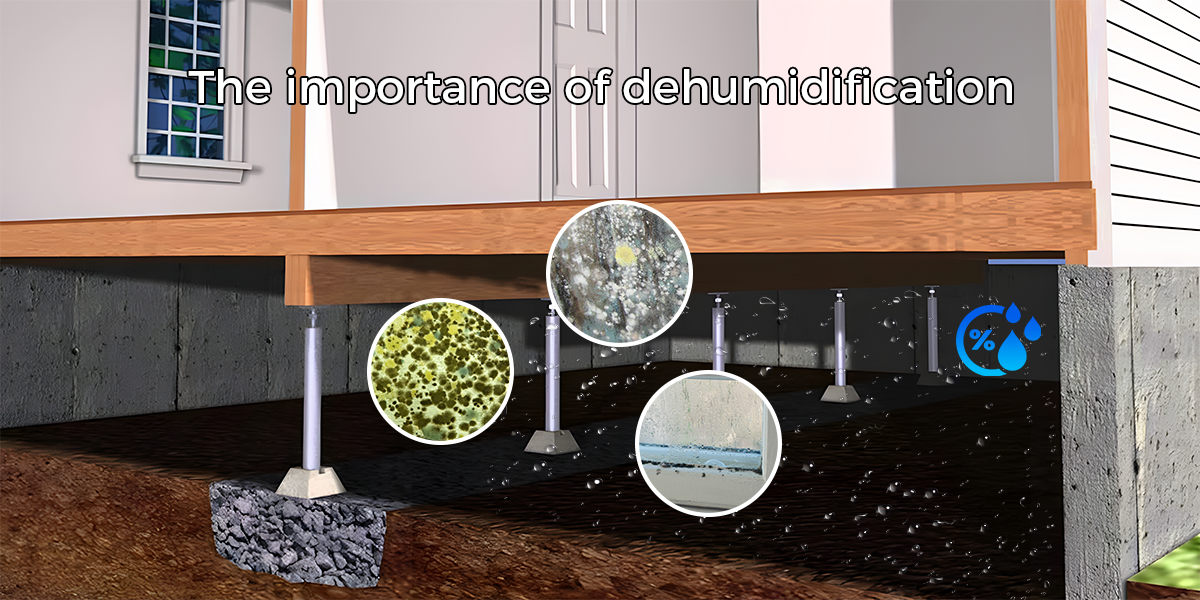
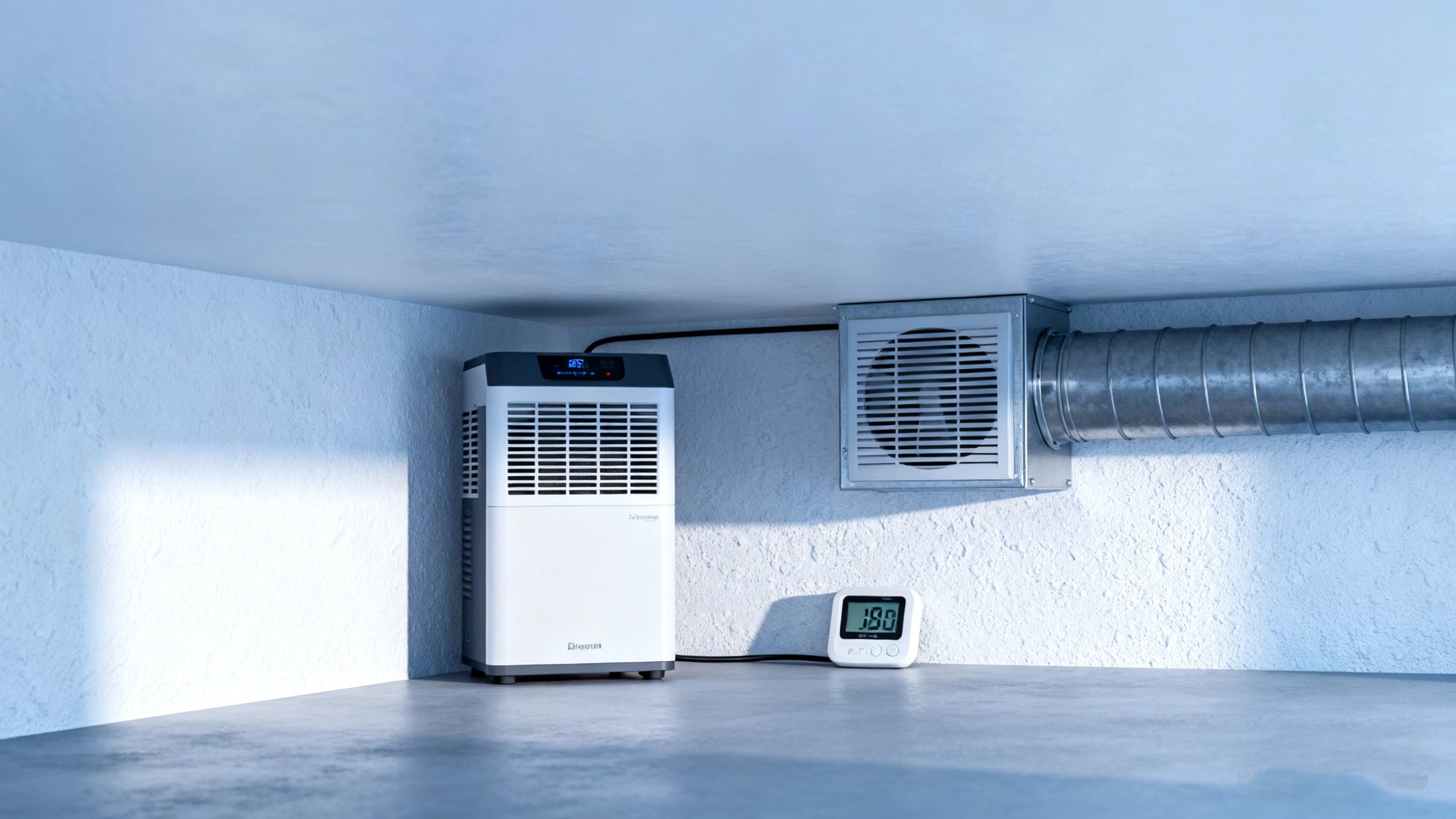
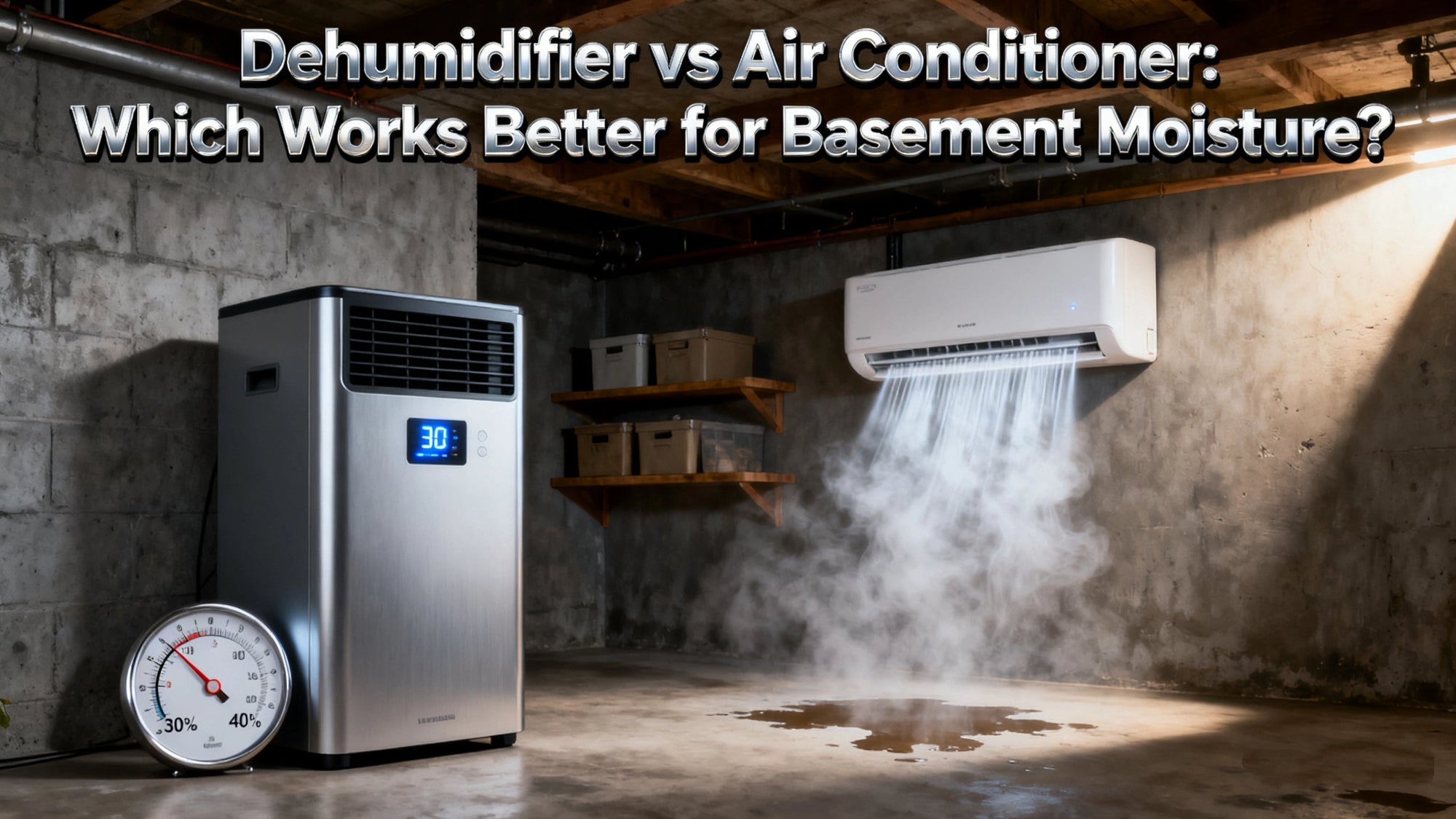
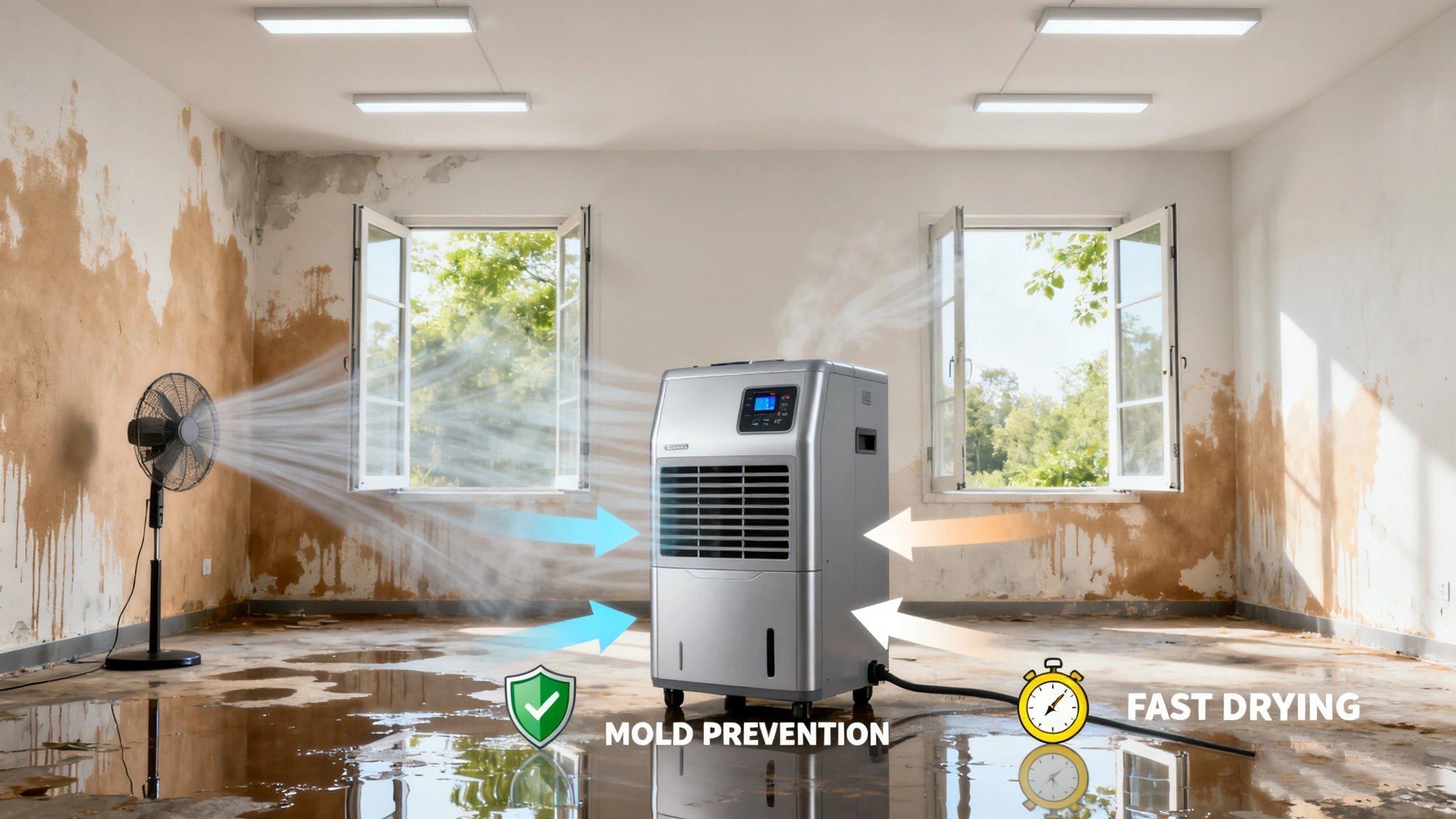
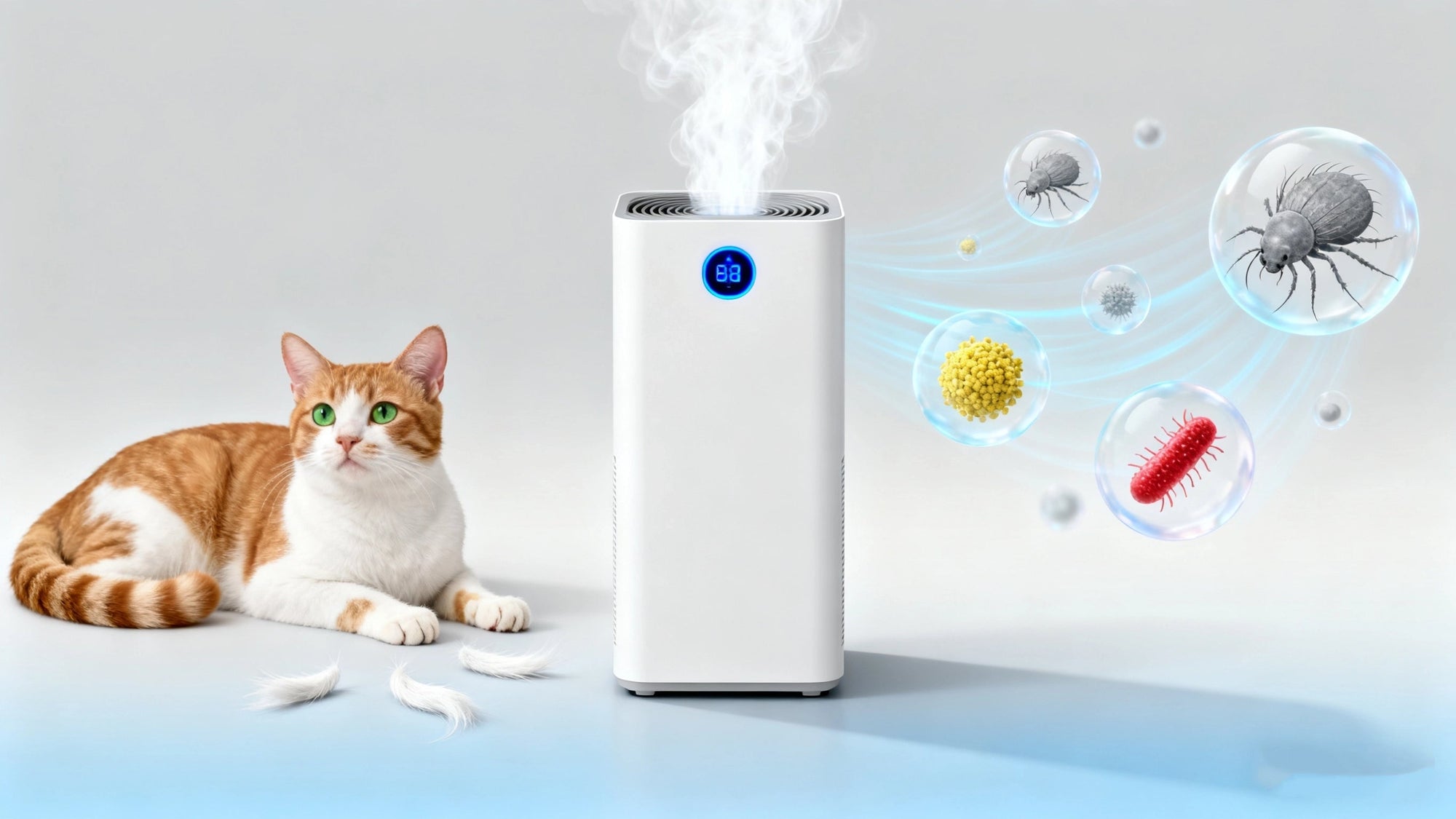
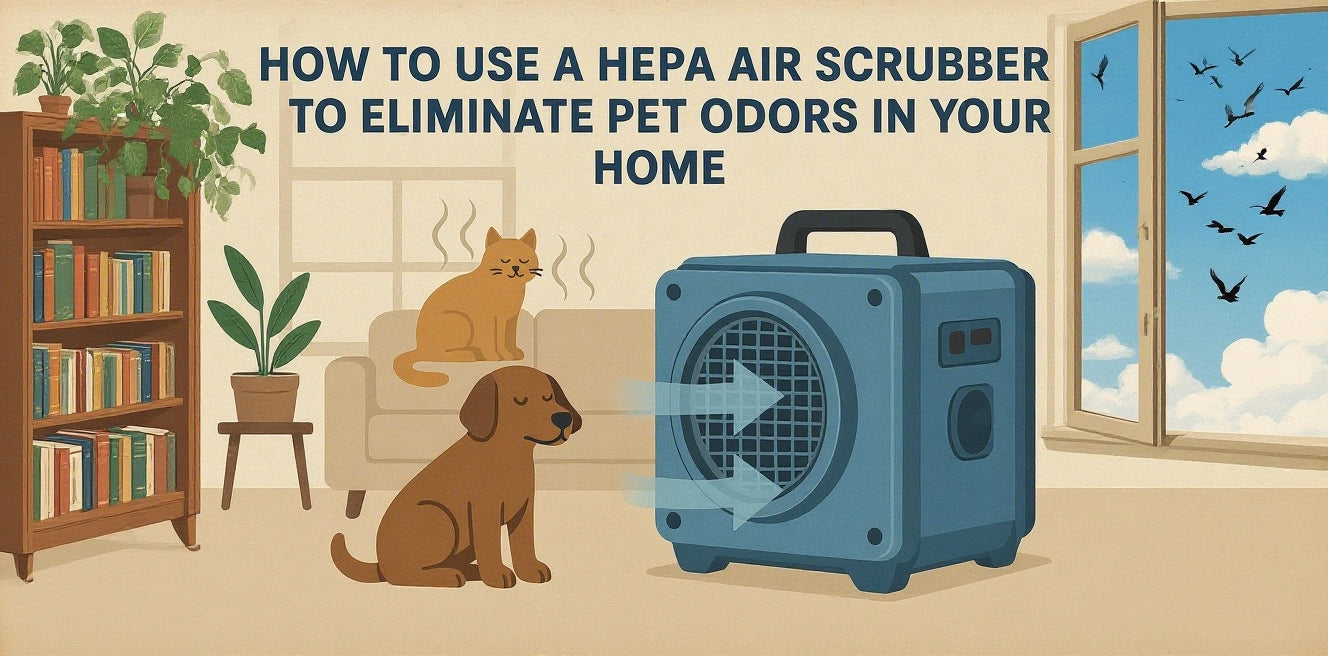
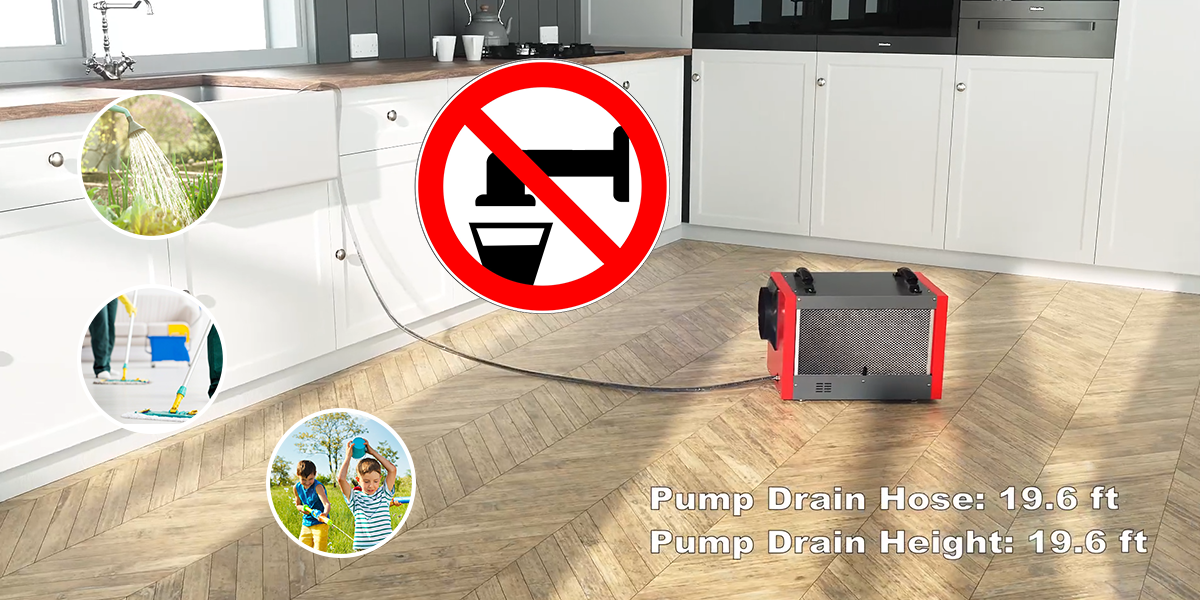
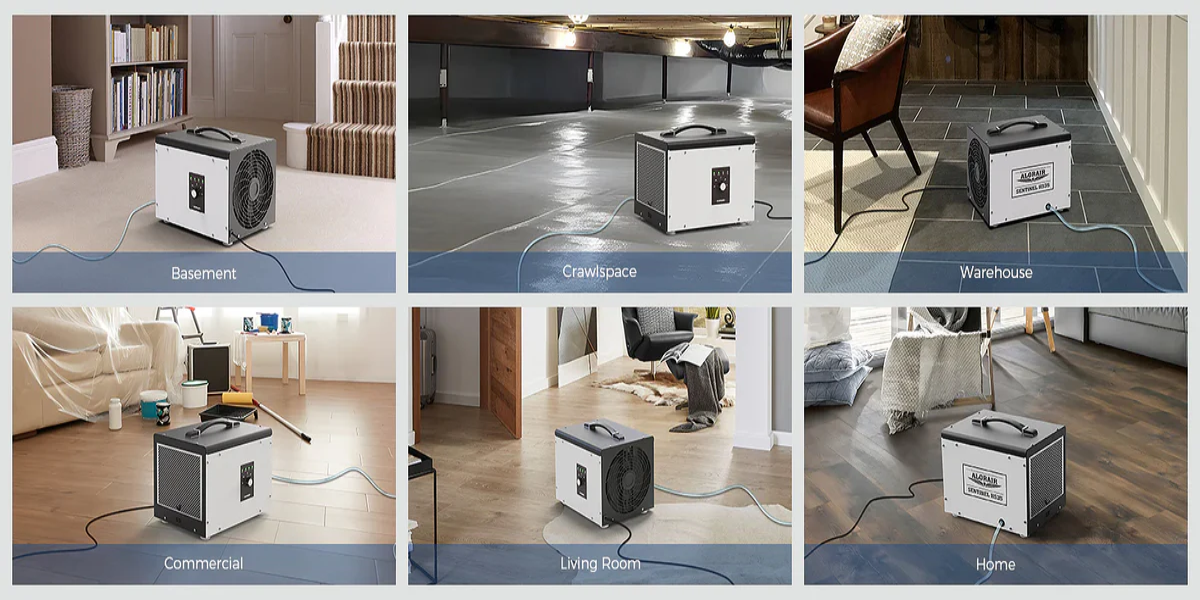
Shop For Dehumidifier
Abestorm 170 PPD 2,100 Sq.Ft Commercial Dehumidifier with Pump and Drain Hose | Hurricane 800
Abestorm 180 PPD 2,300 Sq.Ft Commercial Dehumidifier with Pump and Drain Hose | Hurricane LGR85
Abestorm 180 PPD 2,300 Sq.Ft Smart WIFI Commercial Dehumidifier with Pump and Drain Hose | Hurricane LGR85-Grey (wifi app not available now)
Abestorm 180 PPD 2,300 Sq.Ft Commercial Dehumidifier with Pump and Drain Hose | Hurricane 850